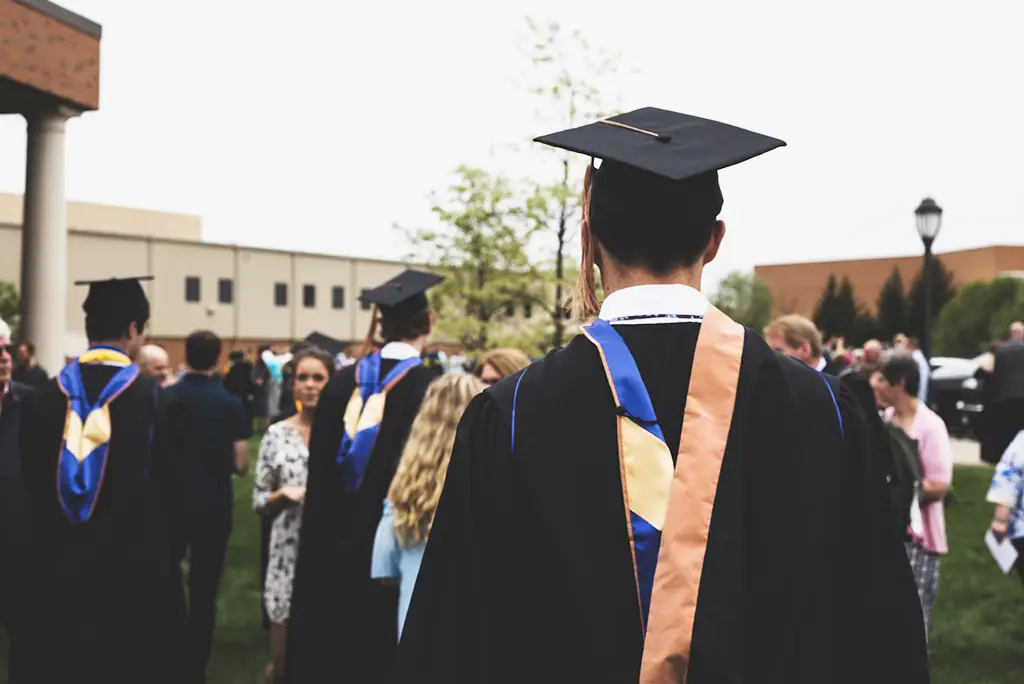Over 800,000 students who joined income-driven repayment plans and paid for 20 years begin getting student loan relief of $39 billion from the US Department of Education. The Supreme Court declined student loan relief to most federal student loan borrowers, but some balances are being forgiven.
Income-Driven Repayment (IDR) and public service loan forgiveness programs have long offered paths for Student loan relief. Government Accountability Office audits reveal that record-keeping mistakes have limited debt clearance through these programs.
IDR and PSLF programs for Student Loan Relief
Under an income-driven repayment (IDR) scheme, the monthly payment is determined by the payer’s income and the size of the payer’s family.
Four repayment options determine monthly loan payments from income.
- Income-Based Repayment (IBR)
- Pay As You Earn Repayment (PAYE)
- Revised Pay As You Earn Repayment (REPAYE)
- Income-Contingent Repayment (ICR)
These income-driven plans calculate payments using discretionary income and household size. IBR and PAYE require a Partial Financial Hardship (PFH) for qualification. Eligibility and benefits vary; not all borrowers qualify for all plans.
The PSLF program rewards those in non-profit roles, requiring 120 monthly payments while working 30+ hours. Eligible workplaces include non-profits, 501(c)(3) organizations, military, and government sectors. Medical schools and teaching hospitals often qualify, requiring annual PSLF Form submission for verification.
The option of Public Service Loan Forgiveness exclusively applies to Direct Loans. If federal student loans are not originally Direct Loans, they can be transformed into such through consolidation. Refer to the Federal Student Aid website for additional details regarding Direct Consolidation Loans.
Moreover, payments under an IDR plan contribute towards Public Service Loan Forgiveness (PSLF), provided to meet PSLF’s additional criteria.
Announcements Done in July
On July 14th this year, the Biden administration revealed its decision to provide 804,000 borrowers with a student loan relief of $39 billion.
This measure results from adjustments to improve the accurate calculation of qualified monthly payments within existing income-driven repayment plans.
Education Secretary Miguel Cardona emphasized that this step addresses the longstanding issue of borrowers being overlooked due to an imperfect system.
Biden Administration Stands as a Wall for Students
Despite the Supreme Court’s rejection of Biden’s loan forgiveness plan for substantial federal student loan relief, his administration maintains its commitment to exploring alternative routes for debt cancellation and easier loan forgiveness access.
Following the court’s ruling, Biden vowed to forge a new approach toward student loan relief and asserted his unwavering dedication to borrowers. He emphasized the economic and national benefits of such actions during a speech at the White House in June.
President Joe Biden’s commitment to granting loan relief to millions of US citizens is reflected in his ongoing initiatives, which have led to a greater amount of canceled debt than previous presidents.
Since assuming office, the Biden administration has authorized student loan relief totaling $116.6 billion for over 3.4 million individuals, as the Department of Education reported.
Fixing the Administrative Errors
The Biden administration addressed administrative errors in April, rectifying cases where repayments remained despite balance clearance. Fresh beginnings for affected borrowers coincide with the imminent resumption of federal loan payments after a three-year halt.
The July announcements acknowledged these past mistakes in calculating qualifying payments, affecting borrowers with Direct Loans or Federal Family Education Loans held by the Department of Education.
The Biden administration aims to address persistent issues by adjusting records to enable eligible borrowers’ balance discharge. This effort, separate from the primary forgiveness plan introduced in August, seeks to rectify long-standing concerns.
The Biden administration’s initiative to modify records, distinct from the main $400 billion forgiveness plan, tackles persistent issues.
On Monday, the government revealed allocating over $116 billion in aid to 3.4 million debtors via diverse programs. This amount remains a fraction of the total $1.8 trillion federal student debt, prompting the White House to explore additional cancellation avenues.

